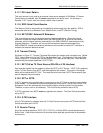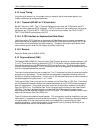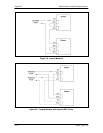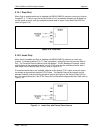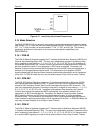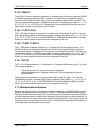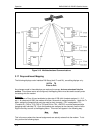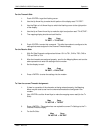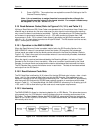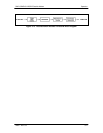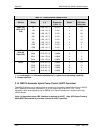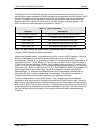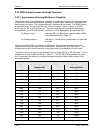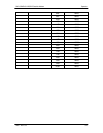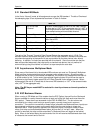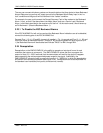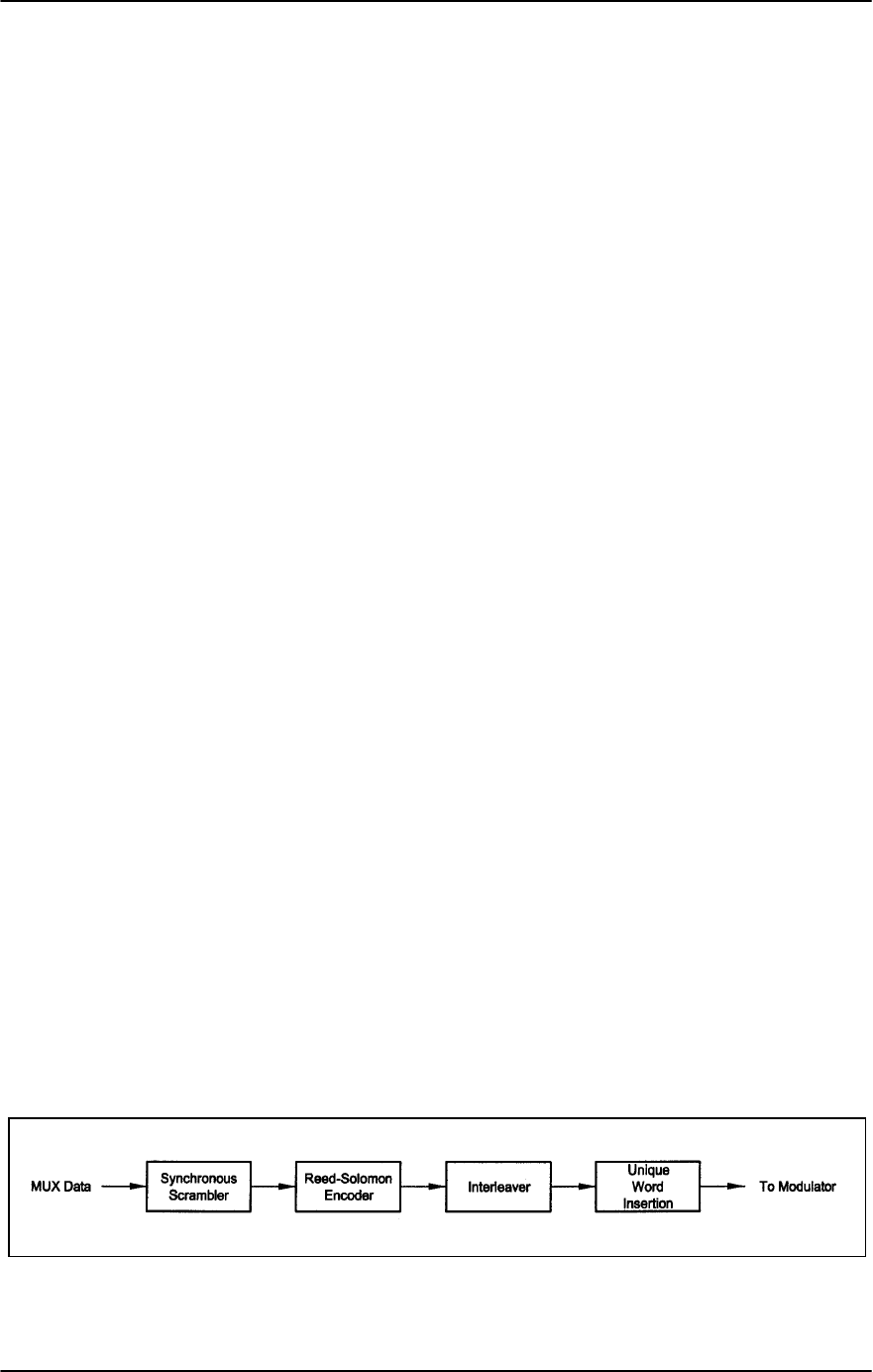
Operation DMD15/DMD15L IBS/IDR Satellite Modem
3-20 TM051 – Rev. 5.8
5. Press <ENTER>. The modem has now copied the current Rx Settings to the Rx
Channel/Timeslot display ).
Note: It is not mandatory to assign timeslots in sequential order, although the
lowest timeslot must be entered in the lowest channel. For example: timeslots may
be assigned 1-2, 2-5, etc. but not 1-5, 2-2.
3.18 Reed-Solomon Codec (Refer to Figures 3-14, 3-15, and Table 3-1)
Utilizing a Reed-Solomon (RS) Outer Codec concatenated with a Convolutional Inner Codec is an
effective way to produce very low error rates even for poor signal-to-noise ratios while requiring
only a small increase in transmission bandwidth. Typically, concatenating an RS Codec requires
an increase in transmission bandwidth of only 9 – 12% while producing a greater than 2 dB
improvement in E
b
/N
o
. RS is a block Codec where K data bytes are fed into the encoder which
adds 2t = (N – K) check bytes to produce an N byte RS block. The RS decoder can then correct
up to “t” erred bytes in the block.
3.18.1 Operation in the DMD15/DMD15L
When the Reed-Solomon Codec is enabled, data is fed to the RS Encoding Section of the
DMD15/DMD15L where it is scrambled, formed into blocks, RS encoded, and interleaved.
Unique words are added so that the blocks can be reformed in the Receiving Modem (Refer to
Figure 3-13). Data is then sent to the modulator where it is convolutionally encoded, modulated
and transmitted to the satellite.
When the signal is received and demodulated by the Receiving Modem, it is fed to a Viterbi
Decoder for the first layer of error correction. After error correction is performed by the Viterbi
Decoder, the unique words are located and the data is deinterleaved and reformed into blocks.
The RS Decoder then corrects the leftover errors in each block. The data is then descrambled
and output from the RS Section.
3.18.2 Reed-Solomon Code Rate
The RS Code Rate is defined by (N, K) where N is the total RS block size in bytes - data + check
bytes - and K is the number of data bytes input into the RS Encoder. The transmission rate
expansion required by the RS Codec is then defined by N/K. The DMD15/DMD15L automatically
sets the correct RS code rate for IDR/IBS open network operation in accordance with the data
shown in Table 3-1. In Closed Net Mode, the DMD15/DMD15L allows any N or K setting up to N
= 255, and K = 235 to allow tailoring of the code rate to meet system requirements.
3.18.3 Interleaving
The DMD15/DMD15L allows for interleaving depths of 4 or 8 RS Blocks. This allows burst errors
to be spread over 4 or 8 RS blocks in order to enhance the error correcting performance of the
RS Codec. For Open Network Modes, the DMD15/DMD15L automatically sets the interleaving
depth to 4 for QPSK or BPSK or 8 for 8PSK. In Closed Network Mode, the interleaver depth can
be manually set to 4 or 8.
Figure 3-14. Reed-Solomon Encoder Functional Block Diagram



